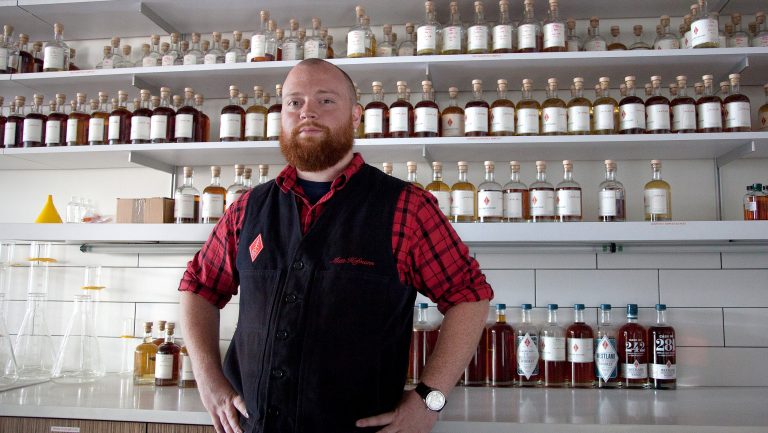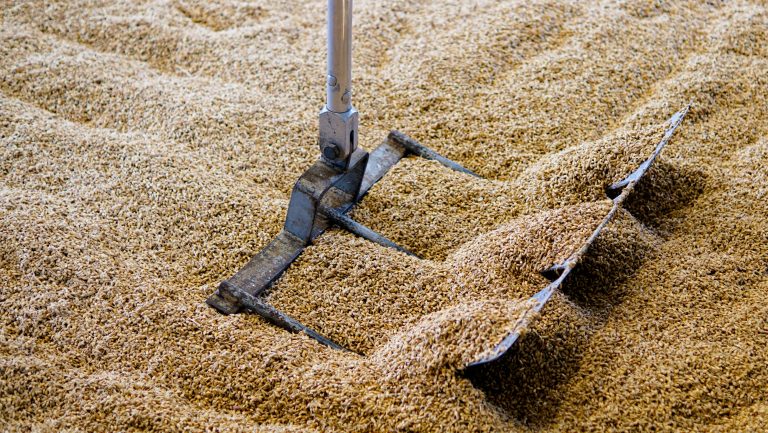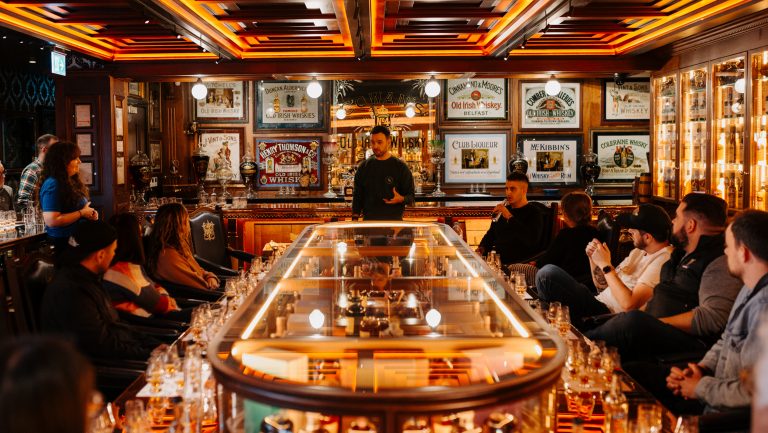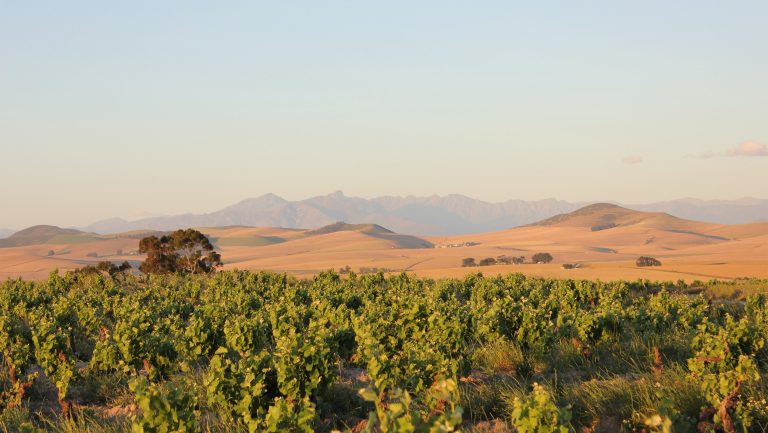What does barley contribute to the flavor profile of whiskey? It’s a question I was asking as a student, ten years ago, at Heriot-Watt University in Edinburgh, Scotland, one of the few academic centers to teach whiskey production at a high level. I enrolled there as we were starting Westland Distillery in 2010 in Seattle, but kept asking anyone who was qualified to answer even after I finished my studies in 2014. The response I almost always receive—“barley doesn’t have any flavor”—has never been satisfying, because I know it’s false. I have tasted barley’s flavor impact, and it is significant.
I imagine many whiskey drinkers have heard the same answer, often accompanied by the explanation that “distilling strips out any flavor in barley.” But, that’s also not true: The whole point of distilling whiskey isn’t just to concentrate ethanol, it’s to concentrate the flavor compounds that we want along with that ethanol. If you believe that distilling strips out flavor from the raw ingredients, you might as well give up on mezcal, eau de vie, gin, and just about every other category of spirit you can think of except famously neutral vodka.
When we founded Westland, we did so with the express goal of exploring the flavor possibilities in single malt whiskey. Throughout my postgraduate work in the U.K., the only discussion of barley varieties concerned yield: I have seen charts measuring the “quality” of barley defined as liters of pure alcohol per metric ton (LPA/T). In other words, a barley variety is only considered “high quality” if it efficiently produces a lot of alcohol.

Don’t miss the latest drinks industry news and insights. Sign up for our award-winning newsletters and get insider intel, resources, and trends delivered to your inbox every week.
I observed how differently raw ingredients were valued in adjacent industries. In the Pacific Northwest, we’re surrounded by craft breweries, which use malted barley, the same raw ingredient that we use to make single malt whiskey. Brewers know that malt makes a huge difference in a beer’s flavor. Styles such as porters, stouts, amber ales, and bocks are defined by the flavor imparted from malted barley. How could this fundamental understanding be absent in the whiskey business?
I blame barley’s current commodity system, which prioritizes sameness, consistency, and low costs. This contradicts the values that attract many emerging spirits enthusiasts: innovation, small-batch production, uniqueness, and a connection to the land.
The commodity barley industry is on a feedback loop. Grain breeders in the U.K. cultivate the varieties used in the Scotch whiskey industry per an approved varieties list, which pre-determines what is “appropriate” for whiskey and what is not. This system is replicated in the U.S. and other barley growing countries, though the “approved varieties” are targeted more towards large brewers. One consideration for making these lists is no deviation from the expected flavor profile. This encourages consistency and sameness over variety.

The Emerging Styles of American Single Malt
Distillers discuss three prominent subcategories that are making their way to the forefront
From Consistency to Deliciousness
Since we aren’t working in the Scottish single malt whiskey industry, we have the freedom to design our own agricultural system from scratch. We are able to do that thanks to the help of Stephen Jones, Ph.D., and the rest of the team at the Bread Lab, part of Washington State University’s Mount Vernon extension center. There, grains are researched specifically for flavor. More than 15,000 varieties of barley are available, and that number is growing. Westland has just committed to sponsoring a Ph.D. student at the Bread Lab and fully funding their research on barley flavor for four years.
From the very first batch of whiskey we made at Westland we have sourced malted barley with incredible flavor differentiation in the form of roasted malts—those darker types used in many craft beers. Our grain bill—four different roasted malts at 30 percent by weight of the total malted barley we use—remains the backbone of our house style, which is characterized by aromas of dark chocolate, Nutella, waffle cone, pie crust, and graham cracker. Other American single malt whiskey distillers are looking at these same variables, including Stranahan’s and Copperworks, though there are likely dozens more.
So far, we’ve worked with 17 different barley varieties and have also conducted experiments to test variations within each variety to explore the impact of terroir on flavor: vintage tests to understand the influence of weather, field trials to examine the role of soil and farming conditions. A few Scottish distilleries are thinking the same way, most notably our sister distillery Bruichladdich, though Glenmorangie is as well.

We need more partners in the mix. Without a malting company ready to germinate different barley varieties none of this can be possible. Most malting companies are not built to handle any variation from the commodity standard so that, if there is a variety that performs better in yield and malting than the commodity, most companies cannot accommodate that variation. Skagit Valley Malting, located just a few hundred yards away from the Bread Lab, is one of the most important maltsters we work with currently. They have designed a system to adapt to the needs of the barley, rather than selecting only a handful of varieties to meet the needs of the system. They are changing the object of the game: from consistency to uniqueness and deliciousness.
Farmers are also essential to this conversation. When we abandon the commodity system, we are able to select varieties that perform best in specific environments and terroirs. The result: We cultivate barley with good yield and flavor expression and eliminate the negative environmental impact of trying to grow something in a place not suited to it.
When we change our priorities we can envision a new agricultural system, one that produces whiskeys that are truly expressive of their place of origin and raw materials. Questioning the conventional wisdom about barley has not just enabled us to discover new flavor possibilities in our whiskey, but also allowed us to reestablish our connection to the place it is from and to the people who help craft it.

Dispatch
Sign up for our award-winning newsletter
Don’t miss the latest drinks industry news and insights—delivered to your inbox every week.
Matt Hofmann is the master distiller at Westland Distillery in Seattle, which he co-founded in 2010, and the co-founder of the American Single Malt Whiskey Commission. He explores new approaches to whiskey-making by examining the importance of barley and Pacific Northwest terroir on the flavor profile of whiskey, and partnering with leading farmers, maltsters and academics.







